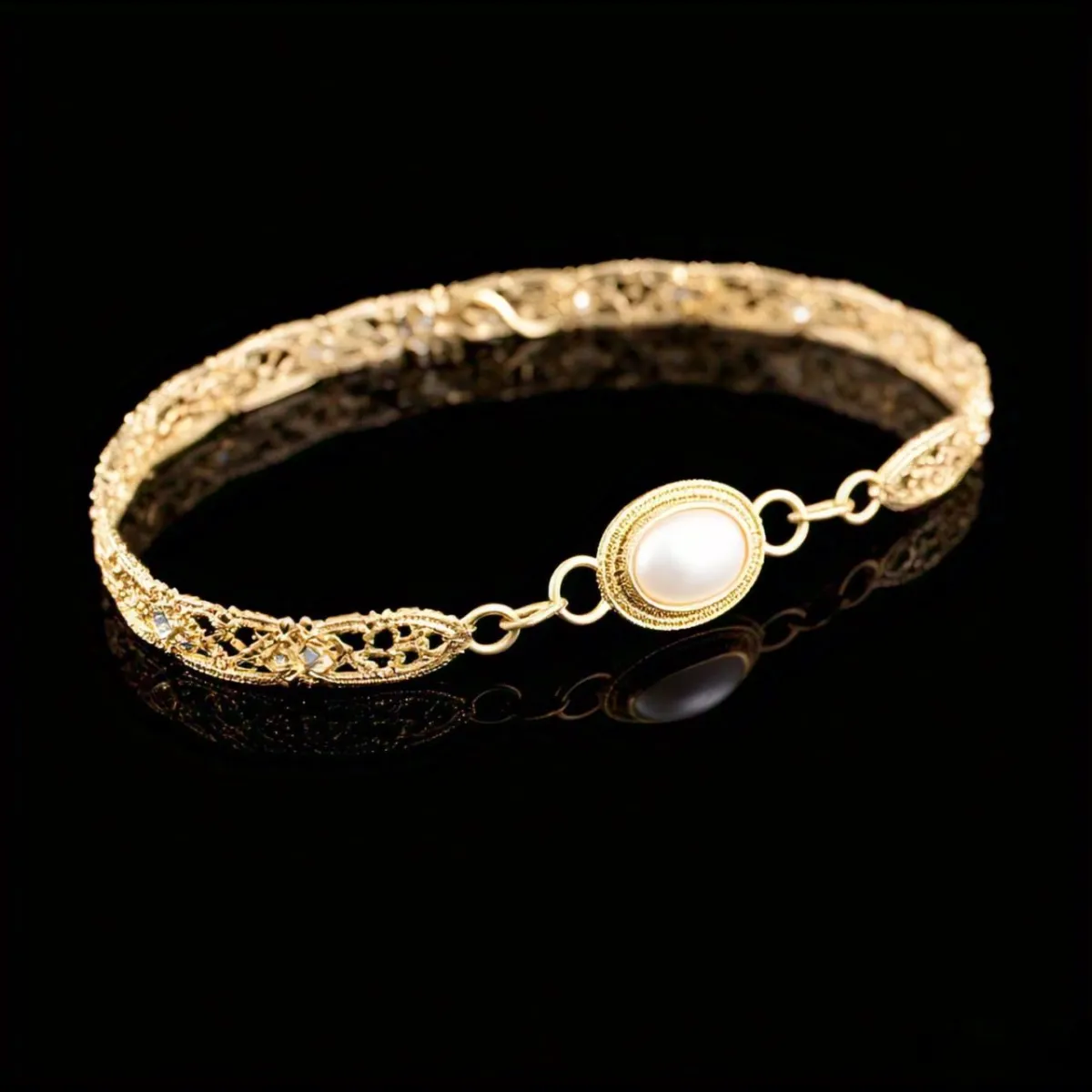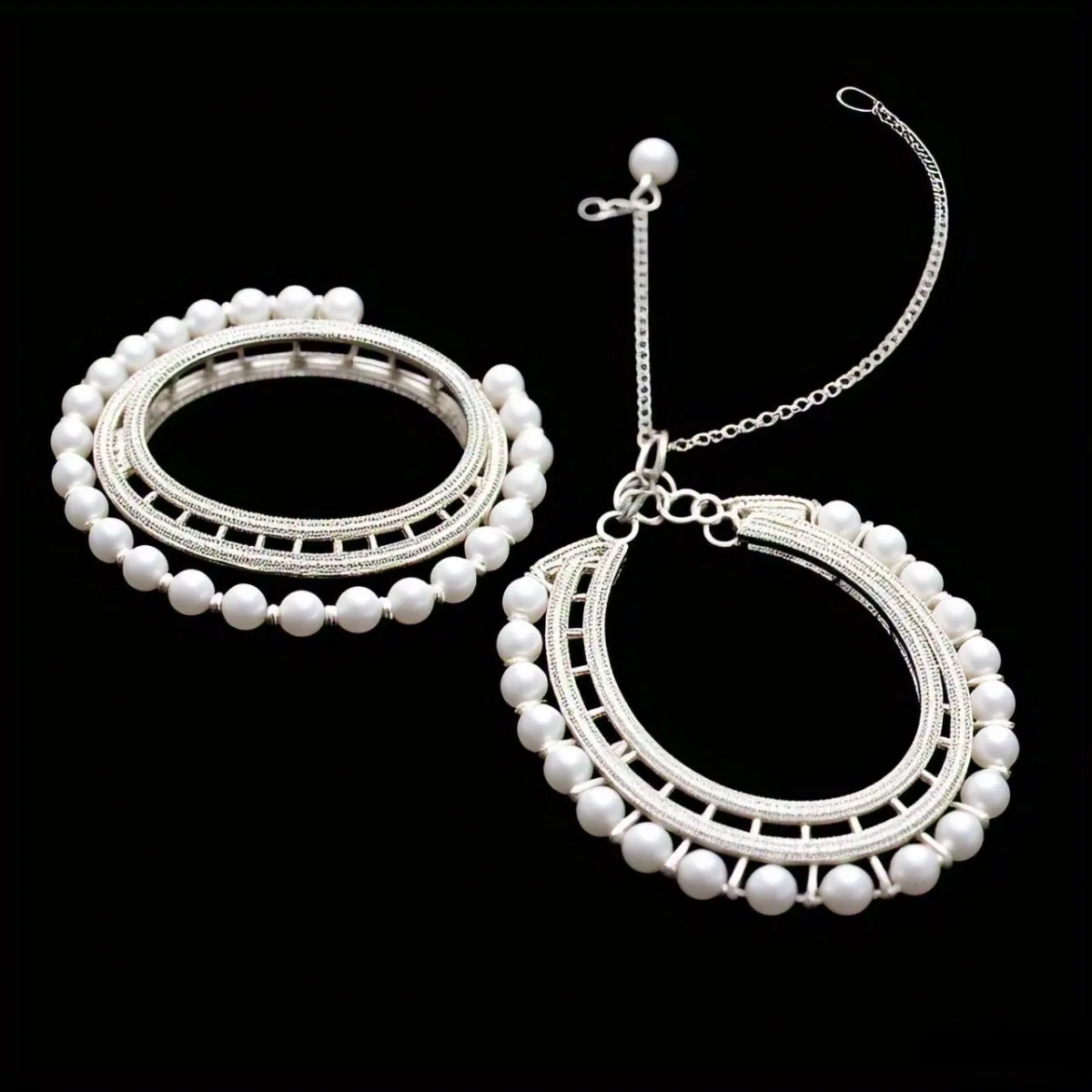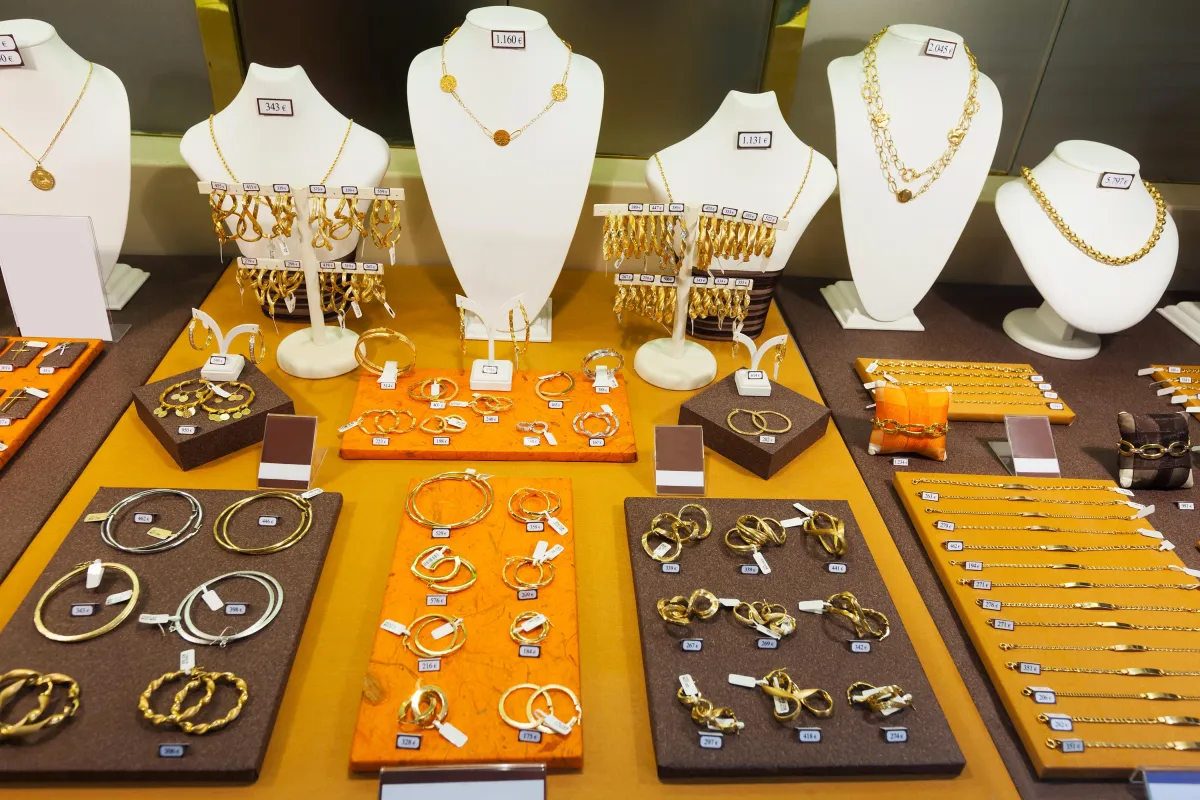Forever Starts Here!
15% Off
Engagement and Wedding Rings
Limited Time Only – Create Your Perfect Match Today!
Explore All Products
Every piece of jewelry tells a story, and at Valayal, we ensure it’s uniquely yours. Explore some of our best-selling items:
Products are unavailable at the moment.
Don't worry, they'll be popping up soon with a surprise.
Find The Perfect Jewellery
Looking for the perfect Jewellery? Valayal offers a wide range of exclusive designs:

Ready-to-Ship Collections
For those urgent moments when you need something special right away.

Valentine’s Gift Guide
Perfect options to express your love.
Discover All Categories
Explore a wide variety of jewelry that speaks to your individuality:
What Our Customers Are Saying
Discover why our customers love us! Read real feedback from those who’ve experienced our products and services firsthand. Their stories and reviews highlight the quality, craftsmanship, and exceptional experience that we deliver.

"Elegant Designs, Exceptional Service"
"I had an amazing experience shopping at Valayal. The jewelry is exquisite, and the staff was incredibly helpful in finding the perfect pieces for my special occasion. I couldn’t be happier with my purchase!"
– Sara R.


"Truly Stunning Jewelry"
"Valayal offers some of the most beautiful and unique jewelry I’ve ever seen. The quality is unmatched, and I always receive compliments on the pieces I buy here. Highly recommend for anyone looking for elegance and style!"
– David K.


"Fantastic Customer Experience"
"I’ve been a regular customer at Valayal for years, and the service is always top-notch. The staff knows exactly what I like, and they always make my shopping experience pleasant and easy. Highly satisfied with every visit!"
– Lara L.

Wedding Rings
Stylish Jewelry
Eternity Jewelry
Trendy Jewelry
A Legacy of Excellence Since 1919
Valayal has been creating beautiful memories for over a century.
We’re proud to be part of your special moments, offering craftsmanship that stands the test of time. From custom designs to classic masterpieces, every piece reflects our legacy of perfection.
Happily Ever Afters Begin Here.
Let’s create your story together.

Discover Elegance in Every Detail
Your perfect jewelry is just a step away. Explore our stunning collection of necklaces, bracelets, earrings, and rings – each designed to make you shine on every occasion.
✨Unmatched Quality
✨Timeless Designs
✨Affordable Luxury
Here to Help
Love us? Like us! Follow us to stay up to date with Valayal.
Call: 08807743449
Email :
Connect With Us
Show some love! Like and follow us to stay in the loop with all things happening in Valayal!
Copyright © 2025 Proudly crafted with care. All rights reserved.



